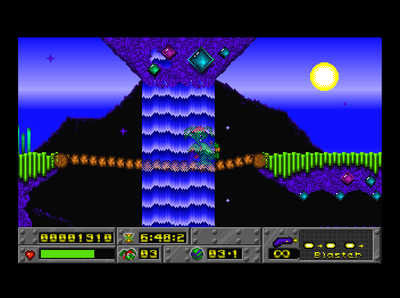+1 It even worked best via RF, maybe.
Originally, the MD/Genesis had no composite cables included in its box for that DIN port.
It only shipped with a simple antenna cable, maybe a primitive switchbox made of sheet metal.
Unfortunately, that connection fell out of favor quickly in the mid-90s.
On earlier quality TV sets (analogue) with an AFC (automatic frequency control), the picture stayed stable.
The existence was noticeable if you rotated the VHF/UHF knob and the TV picture started to lock-on automatically once you were near the right channel.
First, the picture was monochrome, then it quickly changed to colour and becoming stable.
https://en.wikipedia.org/wiki/Automatic_frequency_control
Modern TVs that expect a strong, stable signal - like it's usual for cable TV, don't lock so well onto RF modulators.
Because, if the source signal is good, you don't need fancy tuners anymore.
While the modern TVs do have a scanning function, they usually don't re-sync/re-lock in real-time.
Maybe that's worth a footnote in history, maybe.
It's one of the main reasons I think why systems like the Atari VCS causes so much trouble on modern TVs, modern CRT TVs included.
They're not made to expect a weak and drifting RF signal.
In Japan, were SNES and Mega Drive came from, the RF connection (NTSC) was popular for quite long.
The original Famicom had no Composite ports, for example.
Ironically though, Japan adopted RGB video very early on. Most homecomputers over there used it primarily.
Edit: Typos fixed.
"Time, it seems, doesn't flow. For some it's fast, for some it's slow.
In what to one race is no time at all, another race can rise and fall..." - The Minstrel
//My video channel//


